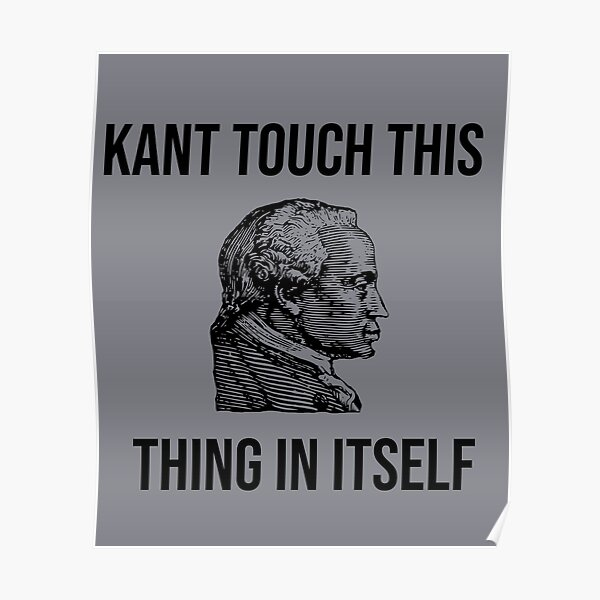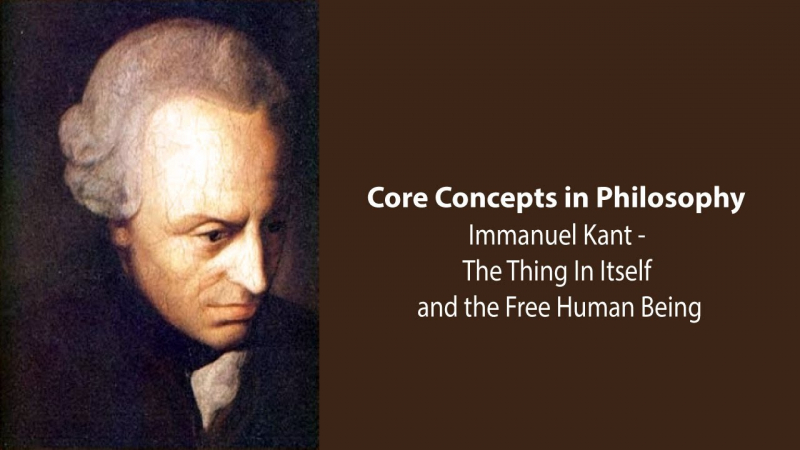Immanuel Kant introduced the idea of the thing-in-itself
Kant thought that people are unable to access the "thing-in-itself" by overcoming the limitations of the mind. It was one of the ideas that Kant put forth. Why does that matter? The idea holds that individuals only notice an object's look. Humans are unable to comprehend what an object is on its own. After Kant's passing, the concept he offered was frequently explored. "The idea suggests that there are no objects. As a result, we shouldn't consider the nonexistent objects," was the response of some philosophers to Kant's idea.
Unlike what Kant referred to as the phenomenon—the thing as it appears to an observer—the thing-in-itself. Kant argued that although the noumenal contains the elements of the understandable universe, man's speculative reason can only comprehend phenomena and can never enter the noumenon. However, since practical reason, or the ability to act as a moral agent, is impossible without the assumption of a noumenal universe in which freedom, God, and immortality exist, man is not entirely excluded from the noumenal.
Philosophers have debated the relationship between the noumenon and the phenomenon in Kant's philosophy for almost two centuries, and some have determined that his passages on these subjects cannot be reconciled. German Idealists who followed Kant immediately rejected the noumenal as having no existence for the intelligence of man. Insisting that the phenomenal world is an expression of power and that the only place this power can come from is the noumenal world beyond, Kant continued to maintain the absolute reality of the noumenal. He felt that by refuting Idealism, he had avoided this rejection.










